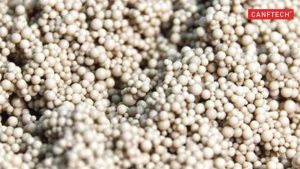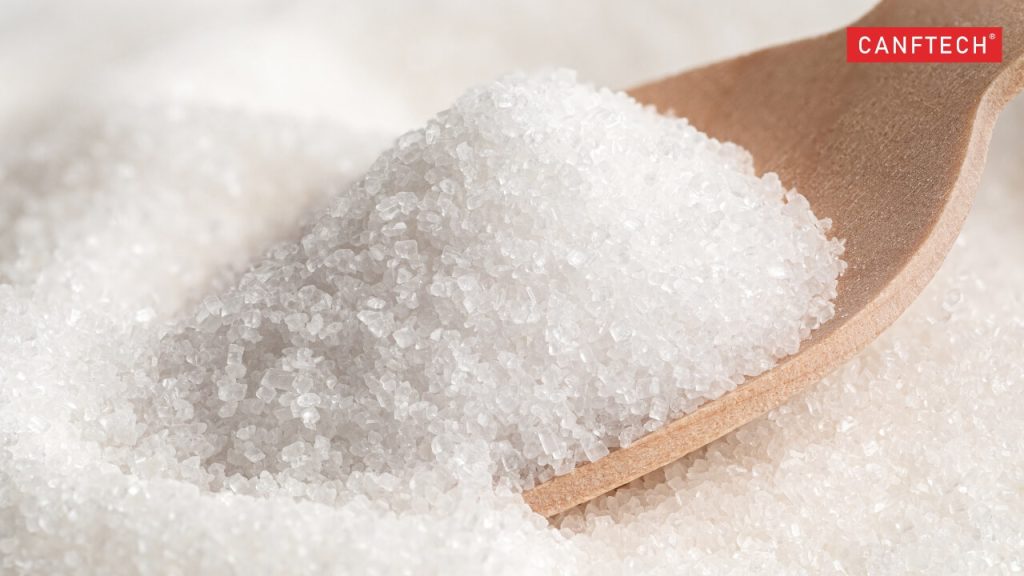The origin of sugar
About 8,000 years ago, when it was brought to Indian culture as a garden plant for chewing, sugar’s origins may be traced back to the ancient world. Arkar was the name of the plant. The plant has been grown and utilized for millennia by the Chinese, Greek, Roman, and Persian cultures later in time. However, the earliest indications of the usage of crystallized sugar date back to ancient Persia, about 500 A.D. Because the Arabs controlled North Africa around this time, the Europeans rediscover sugar throughout the Middle Ages, particularly in Spain, where the Arabs ruled for roughly 711 years. The Arabic word for crystallized sugar is asskkar, which was then translated into Spanish as azcar, English as sugar, and German as Zucker.
Production of sugar
Over the last 1,500 years, the industrial production and processing of sugar has developed into a sophisticated process. The productivity has increased from the straightforward, prehistoric method of crushing the sugar cane and cooking the juice produced until it evaporates to produce raw sugar crystals, from a relatively low level of less than 1 kilogram per metric ton to the current average of 106–120 kg per metric ton.
The first step in the industrial production of sugar is milling, which involves crushing the sugar cane to produce a juice known as “Thin Juice,” which requires the addition of chemical biocides to prevent the deterioration of the sucrose content owing to the high sugar content and pollutants. Following this step, lime is added to the sugar juice to neutralize the pH (pH 6–7) and precipitate the sediments and fibers (alkaline pH is linked with color formation).
Since raw sugar has few commercial uses, it must be refined to meet the necessary industrial requirements of 99.96% purity and color 25 ICUMSA. remelting, clarifying, filtrating, and historically adding decolorizing chemicals such powdered bone char, polymers, hydrogen peroxide, and/or sulfites are required to refine the raw sugar and boost its purity.

Application of ion exchange resin in sugar refinery
One of the greatest technologies for melt decolorization in the sugar refinery process is ion-exchange technology, which was introduced to the sugar industry in the 1970s.
Strong base anion (SBA) exchange resins in the chloride form with a resin matrix of either styrenic or acrylic are utilized in the sugar industry. due to the fact that the majority of sugar colorants are anionic, which are negatively charged at high PH. Strong base anionic resins are effective in removing color from sugar melt, thus.
Quaternary ammonium functional groups are the source of the functionality in strong base anion (SBA) exchange resins. It has two different kinds of quaternary ammonium groups, Type I and Type II.
Trimethylamine, which has three methyl groups in Type I sites, produces chloride ions (Cl-), while dimethylethanolamine, which has an ethanol group in lieu of one of the methyl groups in Type I sites, produces hydroxide ions (OH–). Type I resins are more stable than Type II resins, and Type I resins are better at removing weakly ionized acids.
